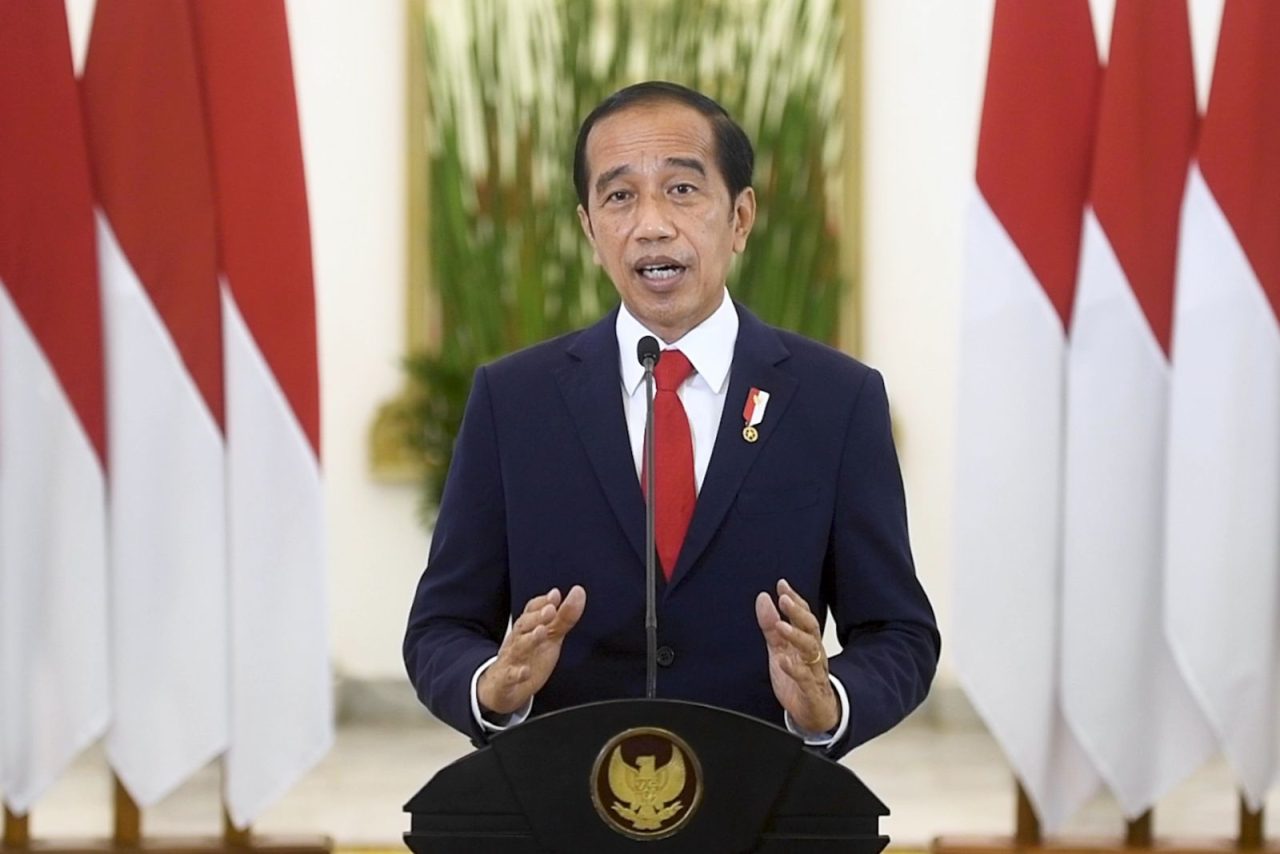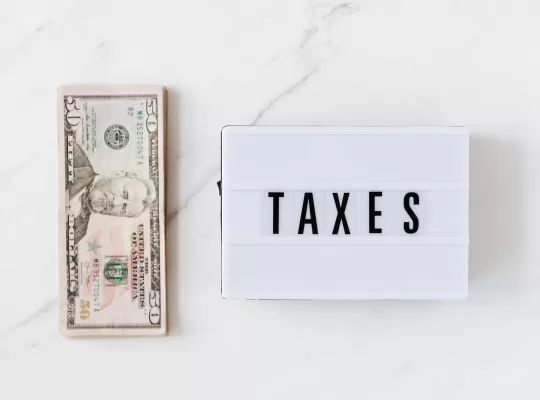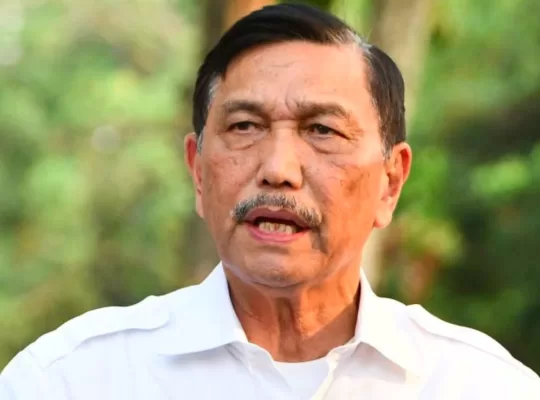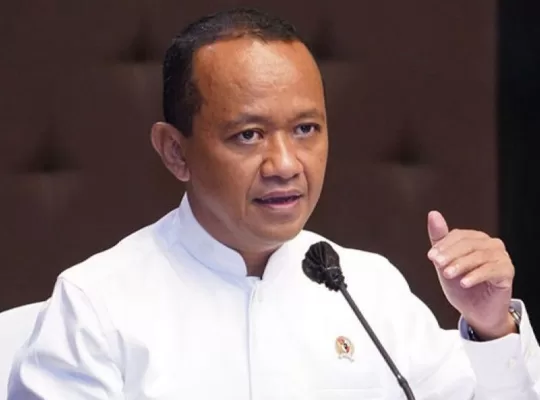Indonesia is boosting its role on the world stage and redefining how it engages economically with other countries through an initiative called Indonesian AID. This program is Jakarta’s way of putting its stamp on global development by lending a hand, especially in the Pacific, with things like skills training.
Two key reasons are driving this push: the country’s solid economic growth between 2015 and 2019, plus the need to deal with issues that affect the whole world, like trade spats and political unrest. These pressures have pointed out that working more closely with other nations is critical for keeping Indonesia’s own economy strong.
With the Indonesian AID program, the country’s leadership is looking to make foreign help more organized. It’s part of a bigger picture of financial overhaul, aiming to cut down on wasted effort and resources and to make Indonesia a more attractive place for international investors.
In one example of Indonesian AID in action, the country gave Afghanistan 10 million polio vaccine doses in March 2024. But this generosity raises two big questions. The first is about the complexities of being both a giver and a receiver of international help, as Indonesia still gets aid from abroad. The second is how Indonesia, as a country with a middle-range income, can shape its support to other countries in the most impactful way.
Brazil is in a similar spot, handling its own international aid through a dedicated agency while still accepting help. This situation speaks to the idea of developing countries boosting each other through South–South cooperation, which is basically the opposite of the more traditional aid relationships between wealthier and less wealthy countries. By offering assistance, countries like Brazil amplify their clout on the international scene, particularly among other emerging economies.
Indonesia’s own participation in this give-and-take of international support not only shows its growing economic maturity but also underscores a dedication to promoting development far and wide. Part of the reason behind this aid is business-related. For example, it’s a way to push Indonesian products, like medicines and medical devices. Thanks to a 13% growth in the pharmaceutical industry in 2020 and a 25% rise in medical device sales in 2018, Indonesia has seen a boost in its exports, with notable spikes to countries like Papua New Guinea, Fiji, and the Solomon Islands.
With Indonesia’s recent leadership roles in forums like the G20 and ASEAN, the country’s policymakers have a chance to really make the most out of the Indonesian AID mission. To do this well, they should consider three strategies:
- Crafting a strong, unique brand: This means combining Indonesian culture with what countries receiving aid need, much like South Korea and China have done with their international aid efforts. Part of this includes cultural exchanges which can help overcome typical aid issues.
- Smart money management: Since Indonesian AID is government-backed, the way it manages its funds—from the state budget—is key. By looking to have an endowment-type setup, the hope is to rely less on the national budget and bring more expertise into its financial strategy.
- Careful choice in fund distribution: Focusing on the financial stability of countries receiving aid, Indonesia should favor soft loans which often have lower risks for the recipient and align with more strategic, sustainable outcomes, avoiding the traps set by less considered aid practices.
Through these directed efforts, Indonesian AID is aiming to be more than just an aid provider. It’s about creating solid, respectful links with other nations that benefit everyone involved.


















